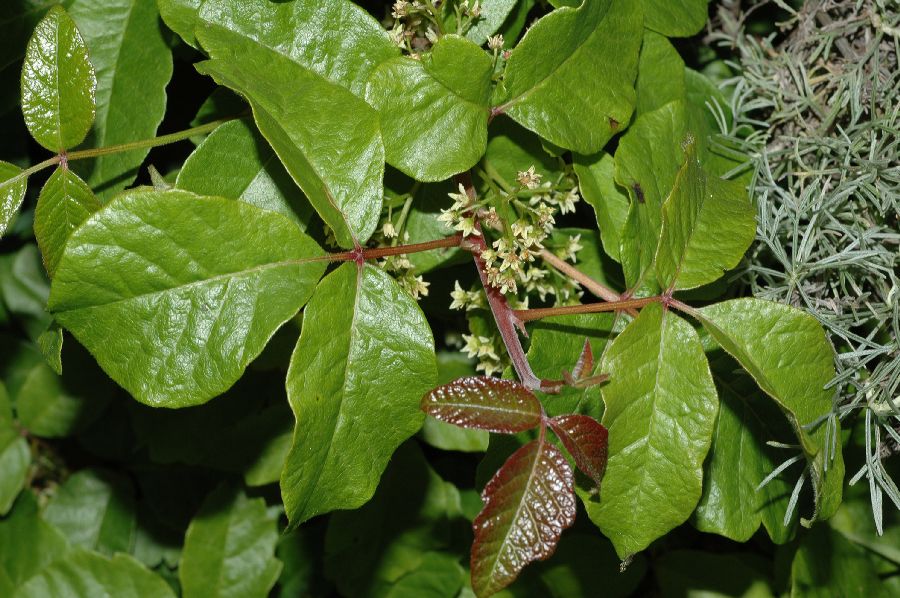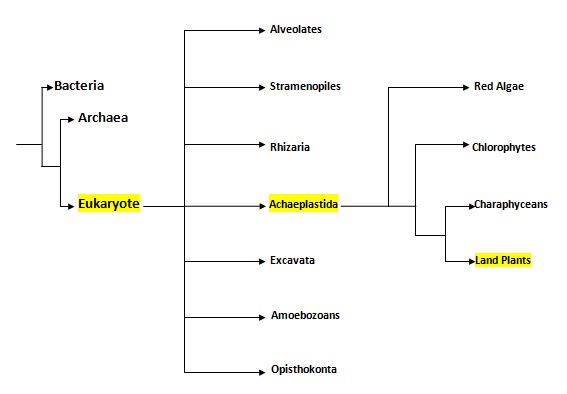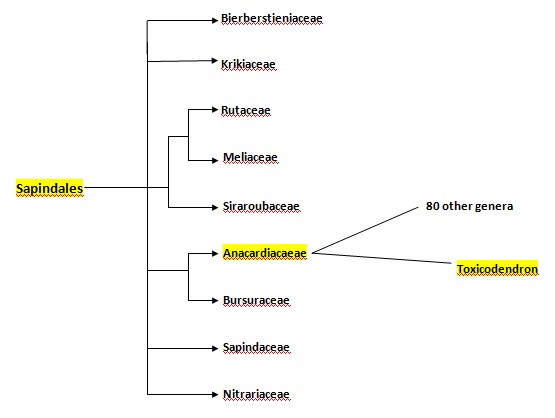Classification
Domain- Eukarya
The Pacific Poison Oak plant is classified in the domain Eukarya because it has a true membrane bound nucleus. Other members: Elephants, Dogs, Coastal Redwood, Brown Algae
Kingdom- Plantae
There are two main reasons Poison Oak is classified under the kingdom Plantae. The first reason is they have cell walls made of cellulose a unique characteristic only found in this kingdom. The second reason is the presence of chloroplasts which allow for photosynthesis to occur, which is another characteristic found only in this kingdom. Other Members: Grass, Daisies, Australian Pine Tree
Phylum - Angiosperm
Pacific Poison Oak is classified under the phylum angiosperm because it is a flowering plant who's ovules and seeds are protected by an ovary wall in a carpel which will eventually become the fruit. Other Members: Rose Bush, Orange Tree, Marigolds
Class- Dicotyledons
This class known as Magnoliopsida or Dicotyledons means that the Poison Oak has seeds with two embryonic leaves known as cotyledones. Other Members: Carrots, Dogwood, Milkweed
Order-Sapindales
This order is mainly composed of woody plants much like the Poison Oak. Another feature that this order sees is compound leaves. Other Members: Citrus, Maples, Horse-chestnuts, Mahogany
Family - Anacardiaceae – Sumac or Cashew family
This family is primarily trees and shrubs that possess resin canals with a clear to milky fluid known as exudate. In the case of the Poison Oak it is known as urushiol which causes the skin irritation associated with the plant. Other Members: Mango Tree, Lacquer Tree, Cashews, Pistachio
Genus- Toxicodendron Mill.
This genus is comprised of woody trees, shrubs, and vines such as the Poison Oak that produce the skin irritating oil known as urushiol. Other Members: Poison Ivy and Poison Sumac
Species- Toxicodendron diversilobum (Torr. & A. Gray) Greene
Pacific poison oak Toxicodendron meaning ”toxic tree" in Greek and diversilobum meaning "diversely lobed".


